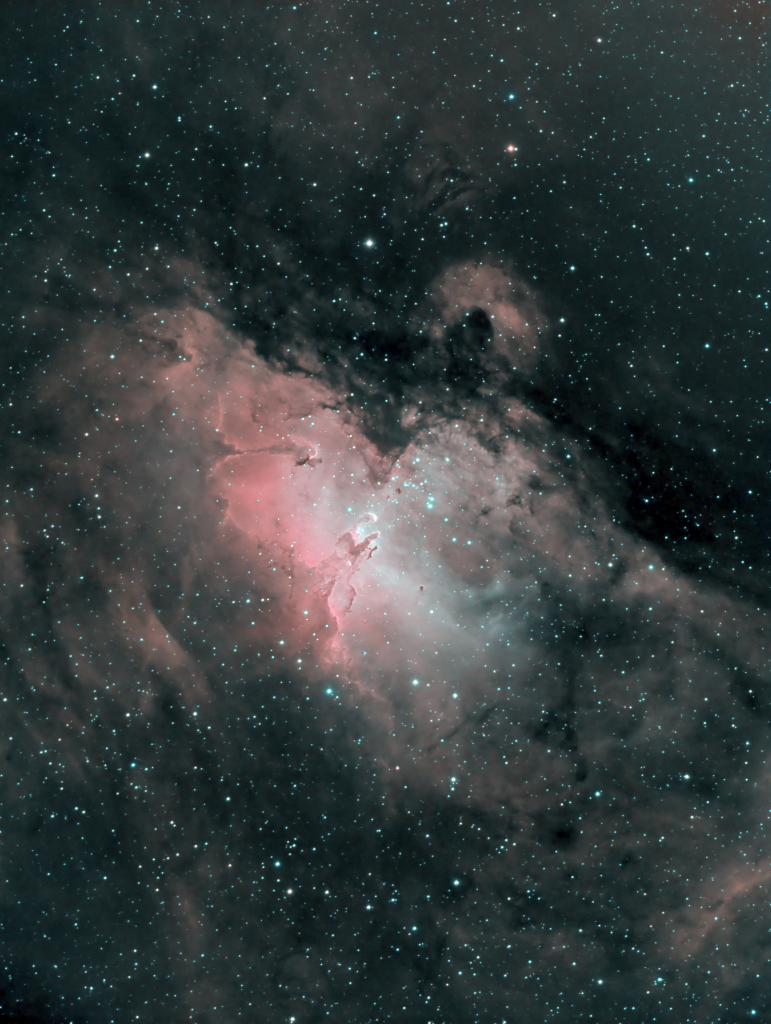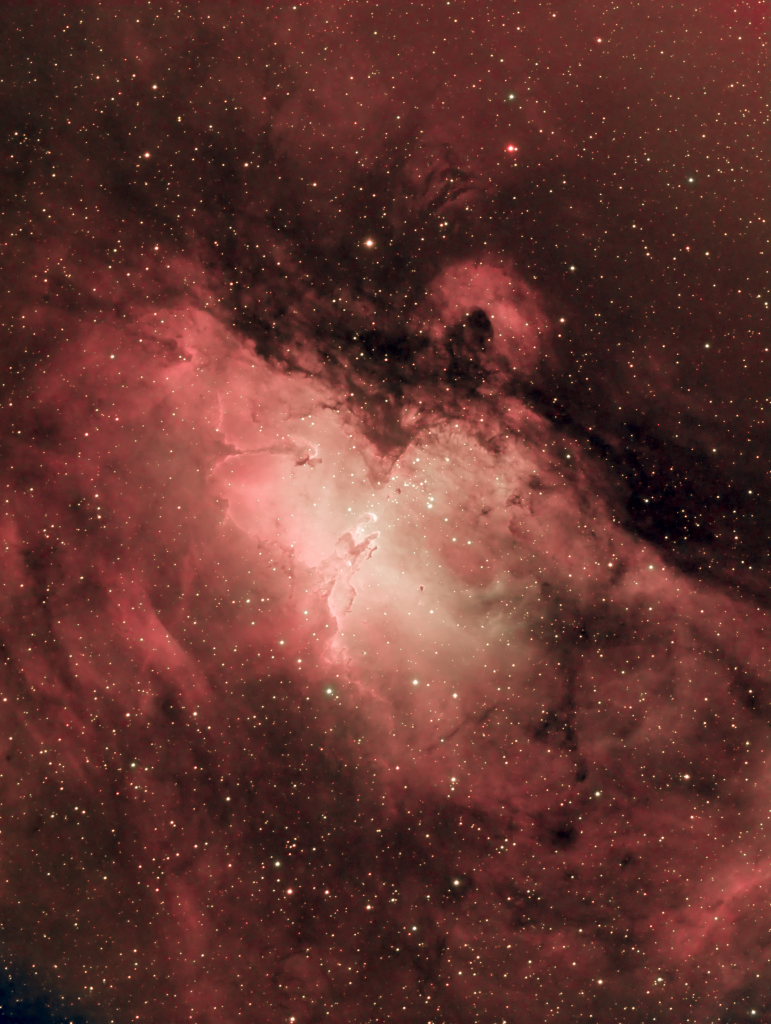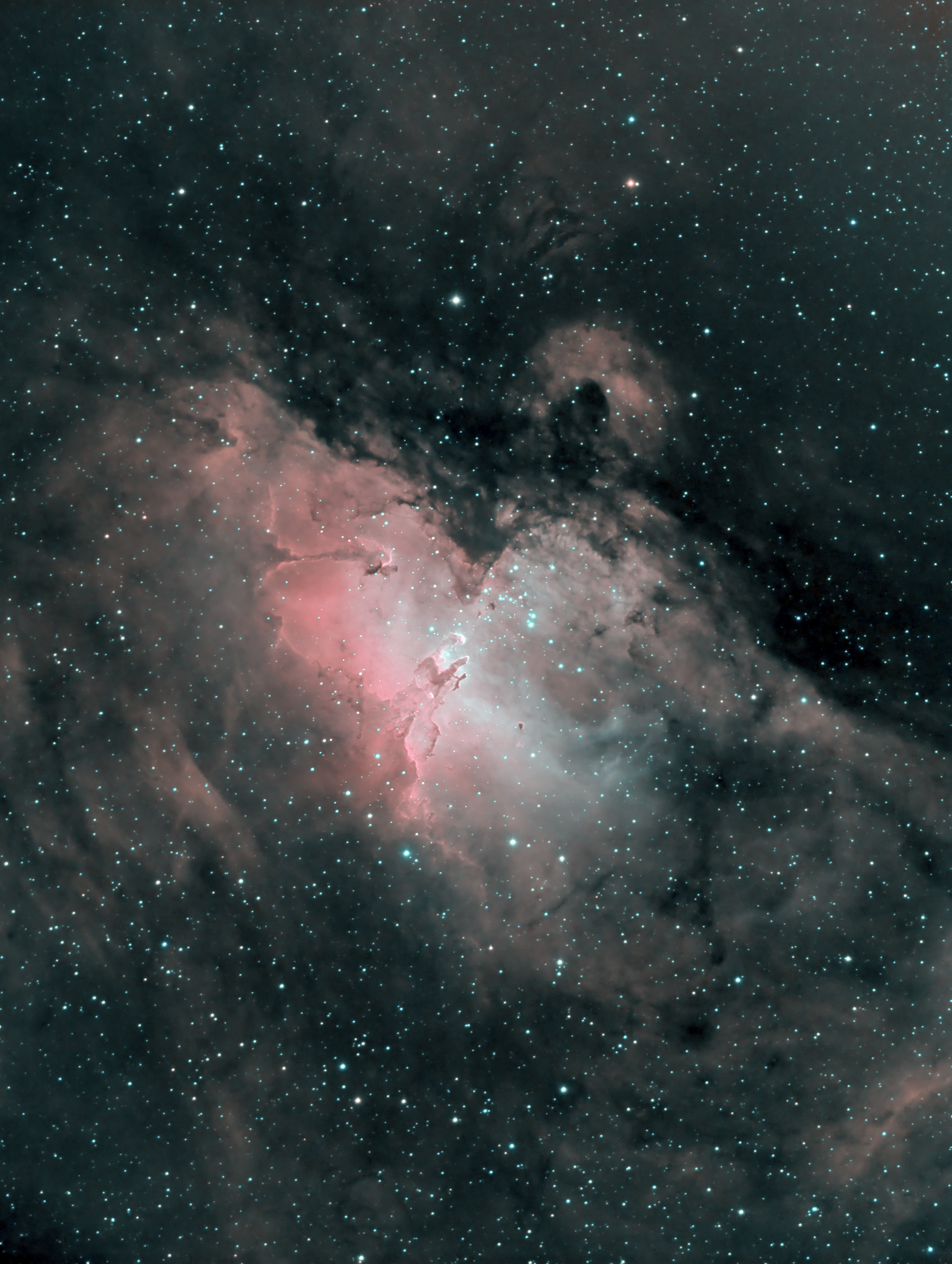
Similar Posts
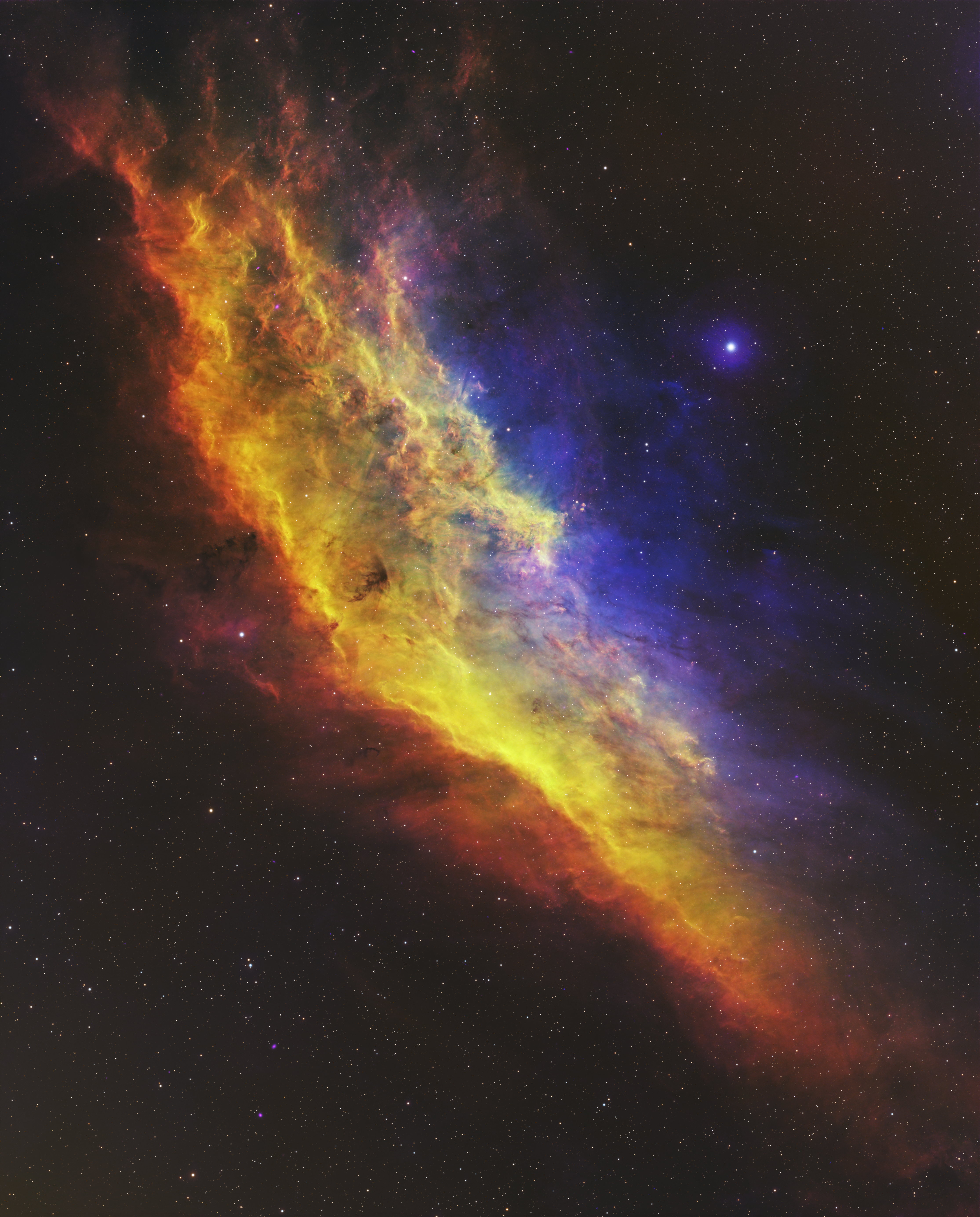
Going Back to Cali
Both on Earth, and in space! While we prepare for a year or two in California, I trained Scopey von Scopington on the California Nebula for a few nights. Pretty obvious how it got its name! This is a two-panel mosaic, consisting of narrowband SHO data for the nebula and broadband RGB for the stars….
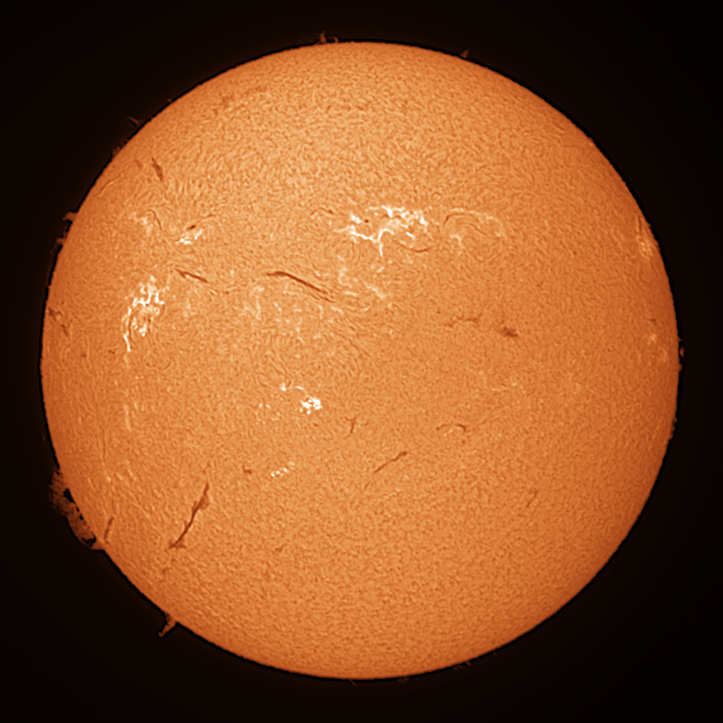
The sun is feisty lately.
This solar cycle has been quite a bit more active than forecast. It motivated me to up my game a little bit with solar imaging; this is my first image with a “double stack” setup that results in narrower filtering on the Hydrogen-alpha emissions from the sun. Lots and lots of prominences, filaments, and sunspots…
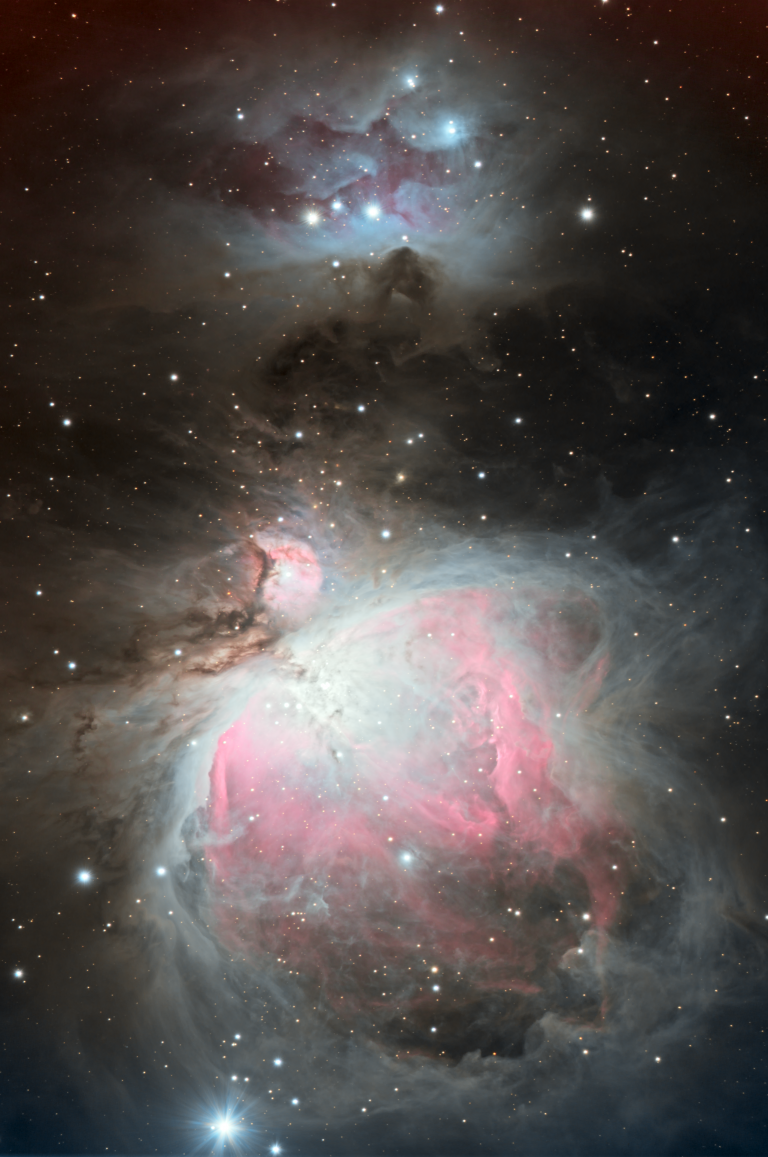
Orion’s Sword
If you look at the constellation Orion in the winter night’s sky, the center of Orion’s “sword” is not a star at all – it is the brightest nebula in our sky, M42 or the Great Nebula of Orion. Sitting right on top of it is technically another nebula designated M43, and above that is…
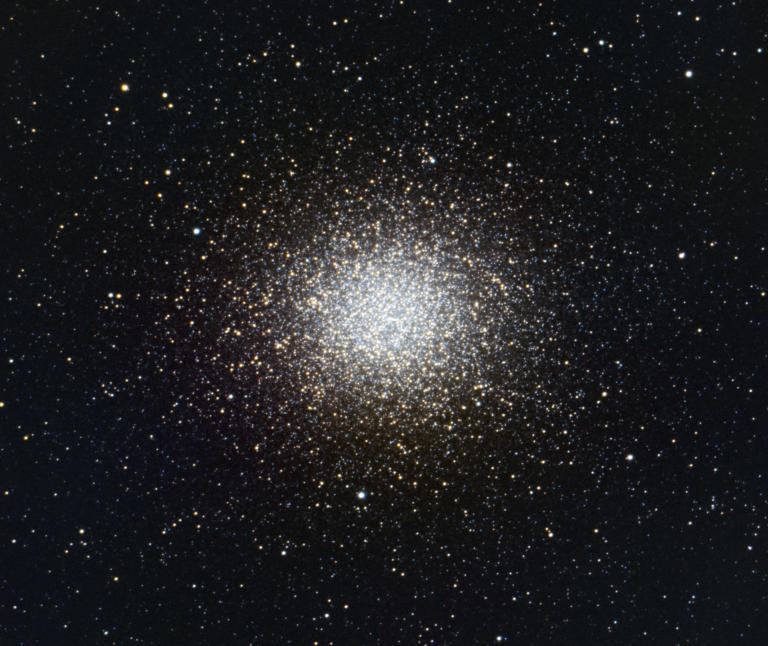
Omega Centauri – the biggest globular cluster, or is it something else?
This object was a real challenge to image. From central Florida, it only rises 13 degrees above the horizon, deep within the light-polluted murk of my Southern sky. Omega Centauri is a Southern hemisphere object, so capturing it from the Northern hemisphere requires effort. It’s worth it though – this is one of the most…
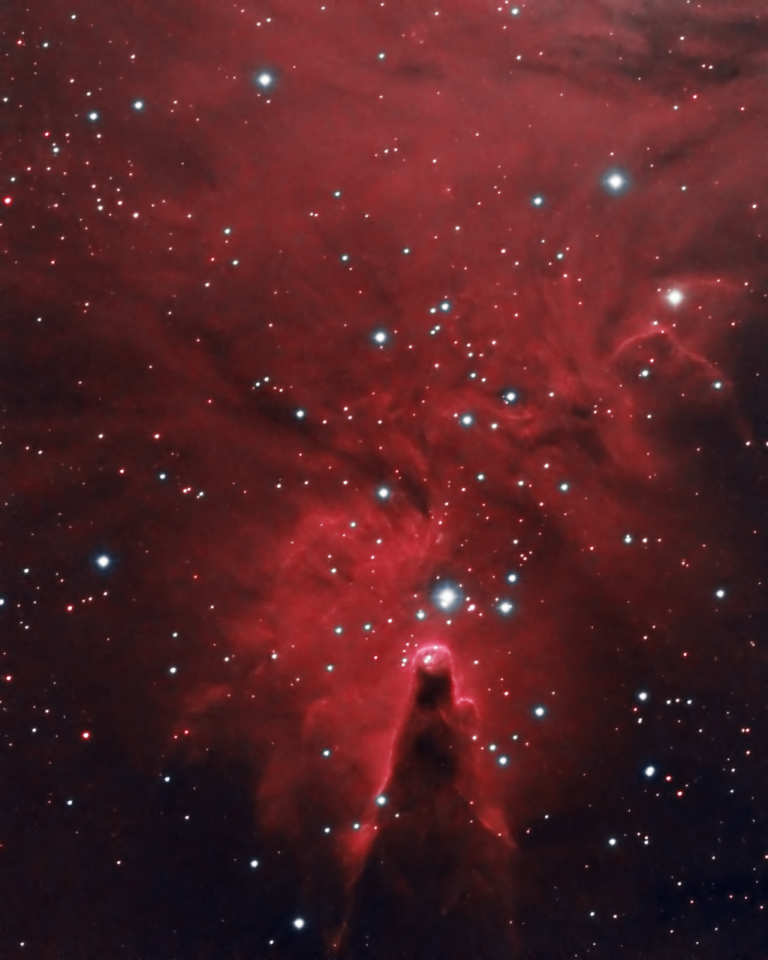
Cone Nebula
Narrowband image of the cone-shaped absorption nebula in front of the brighter emission nebula in this interesting region of the Christmas Tree Cluster, about 2,700 light-years away.
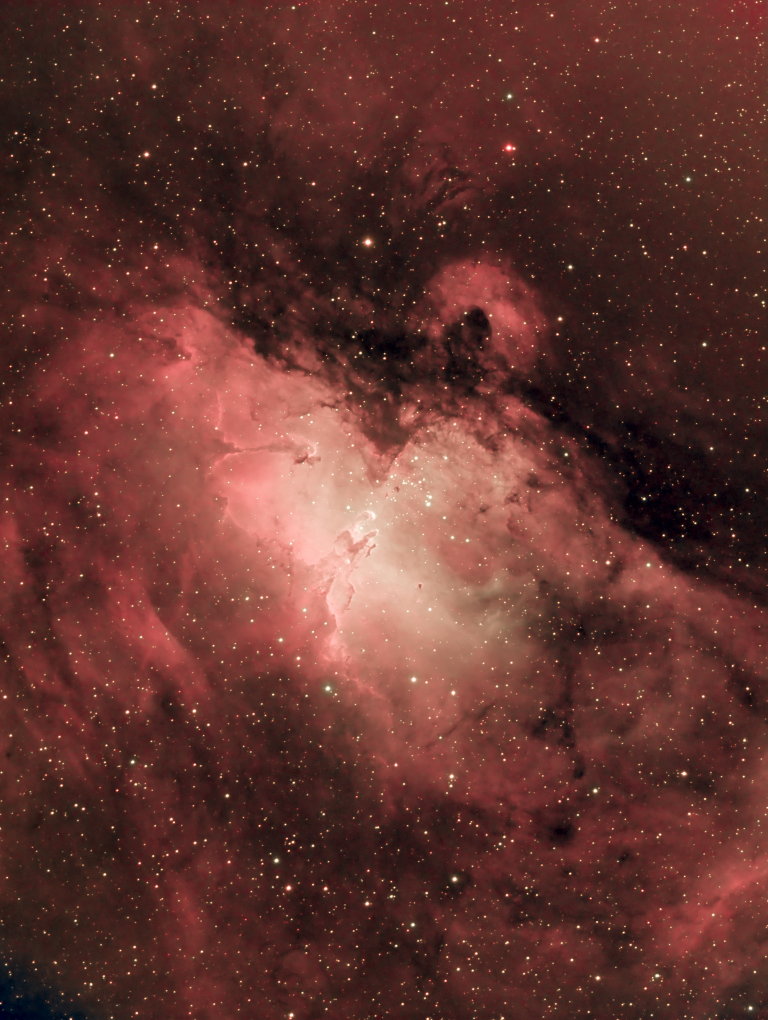
Beating light pollution with a new synthetic RGB algorithm
Imaging deep sky objects from a suburban driveway forces one to find ways to deal with light pollution. Light pollution is the enemy of astronomers – but in reality, there are ways around it. Some of the most beautiful objects in the cosmos are called emission nebula. They are clouds of gas, often where new…

